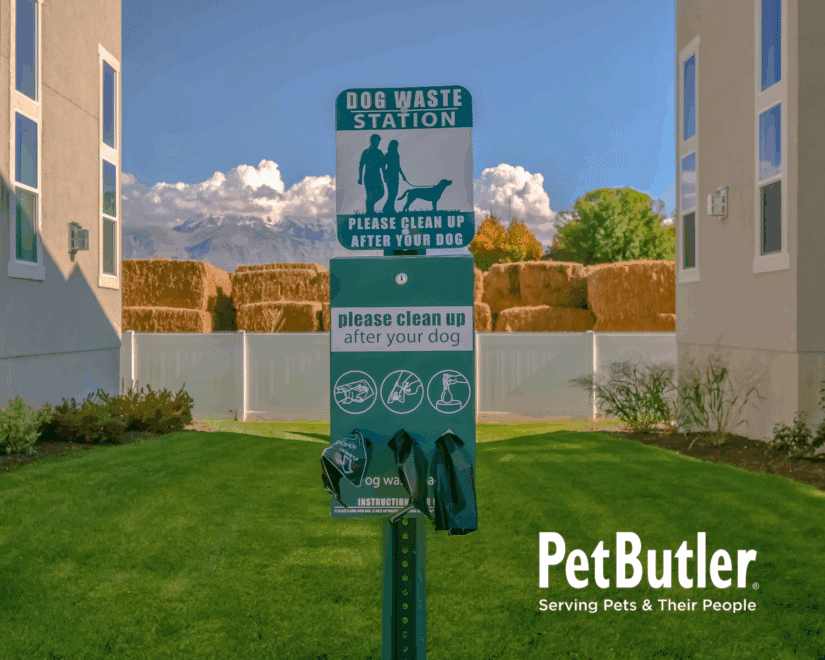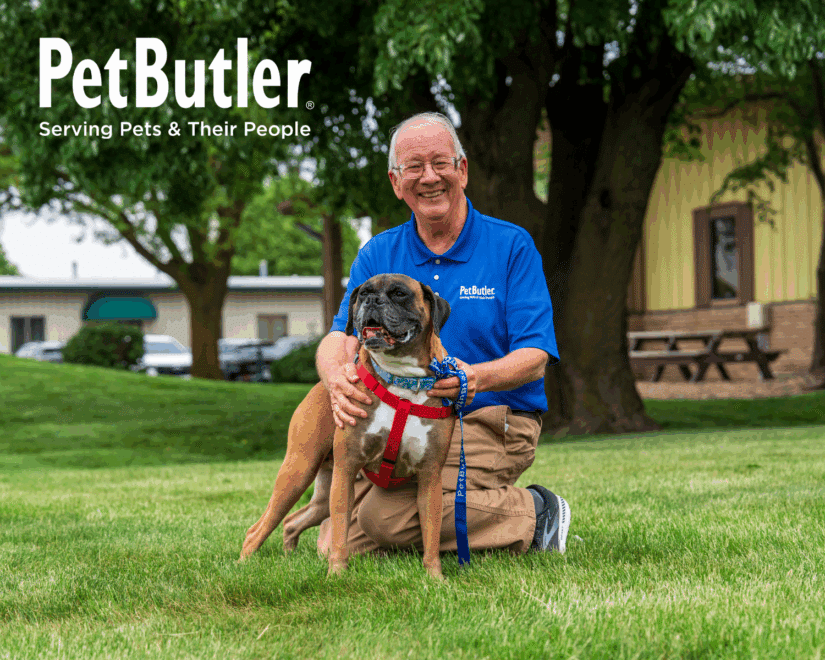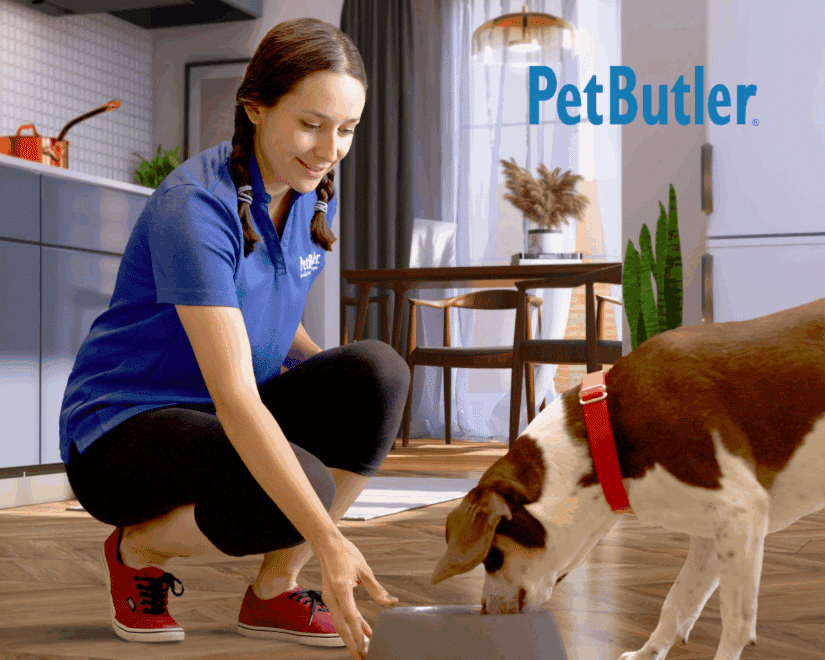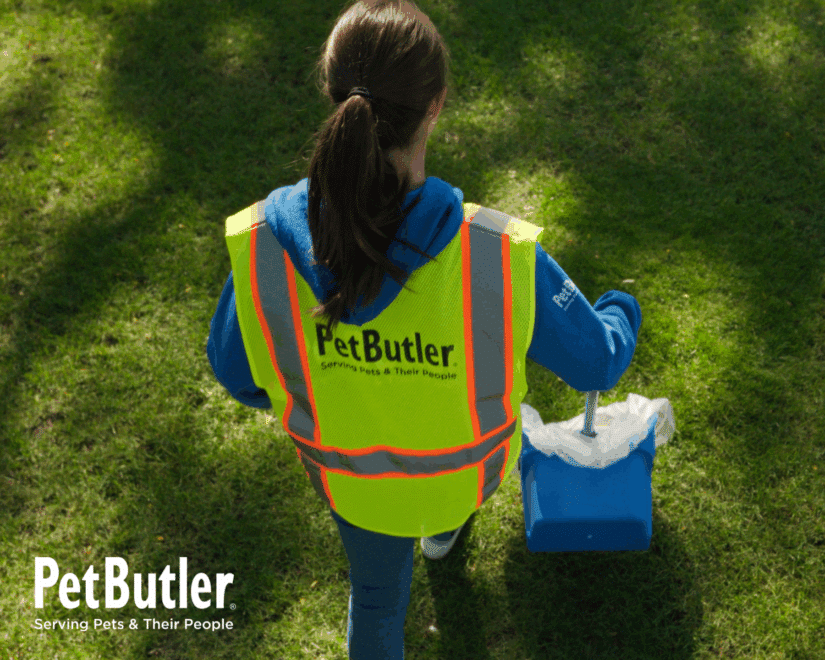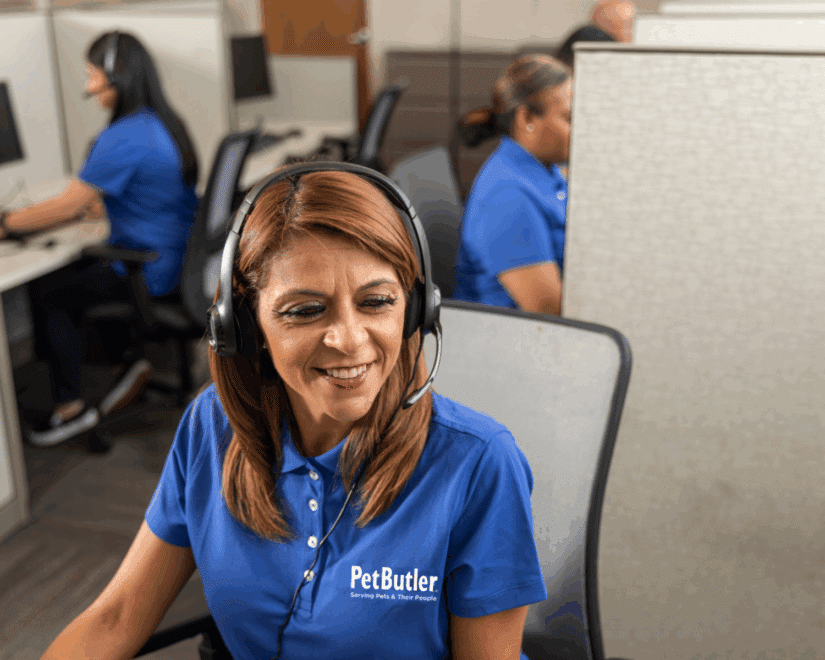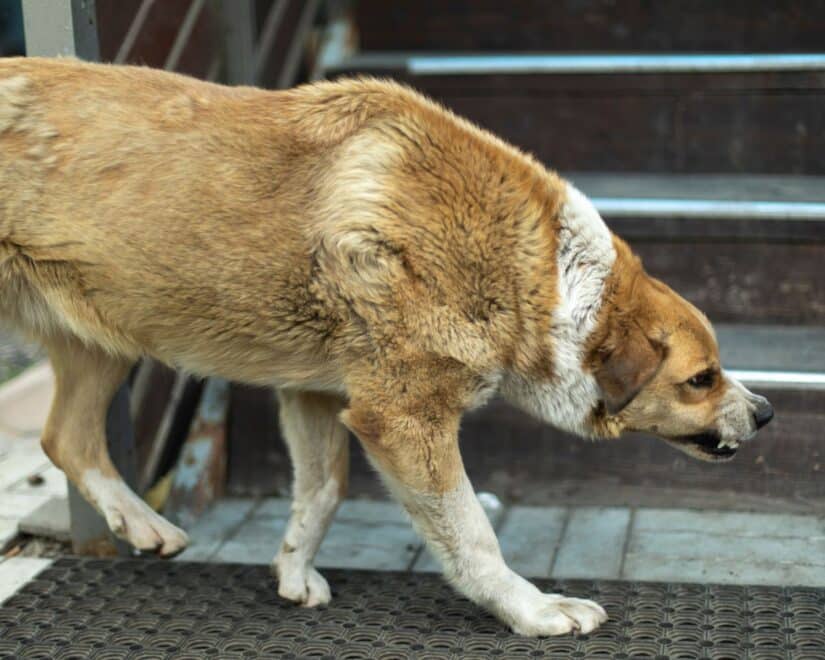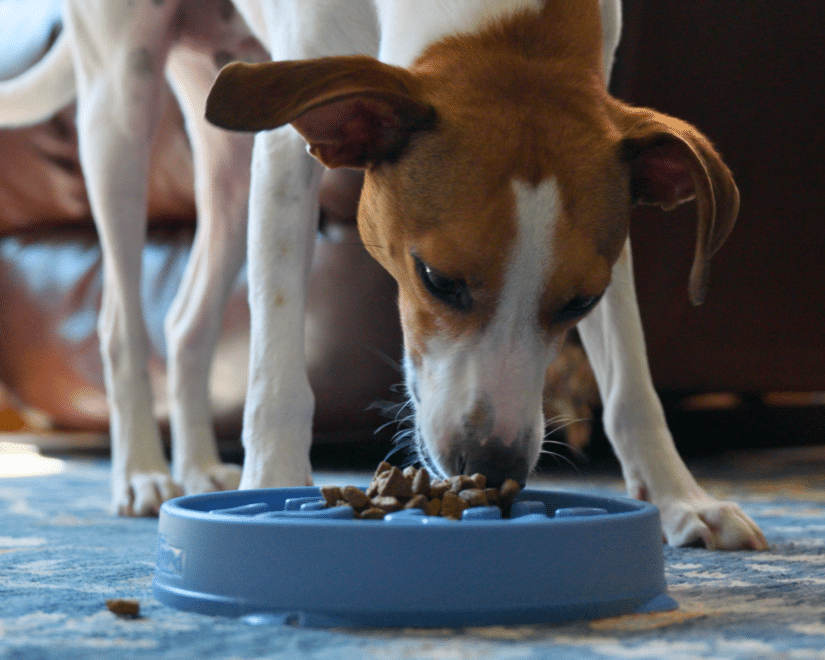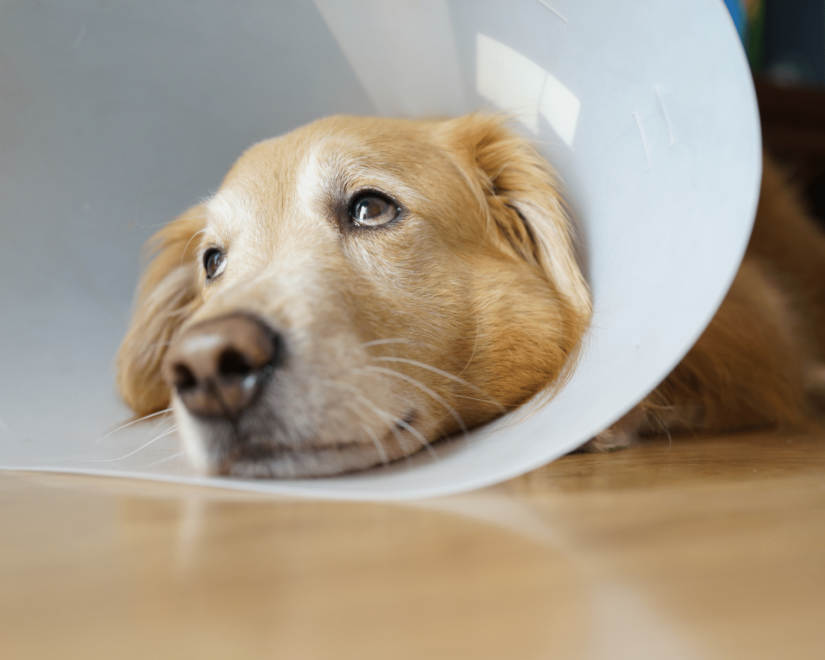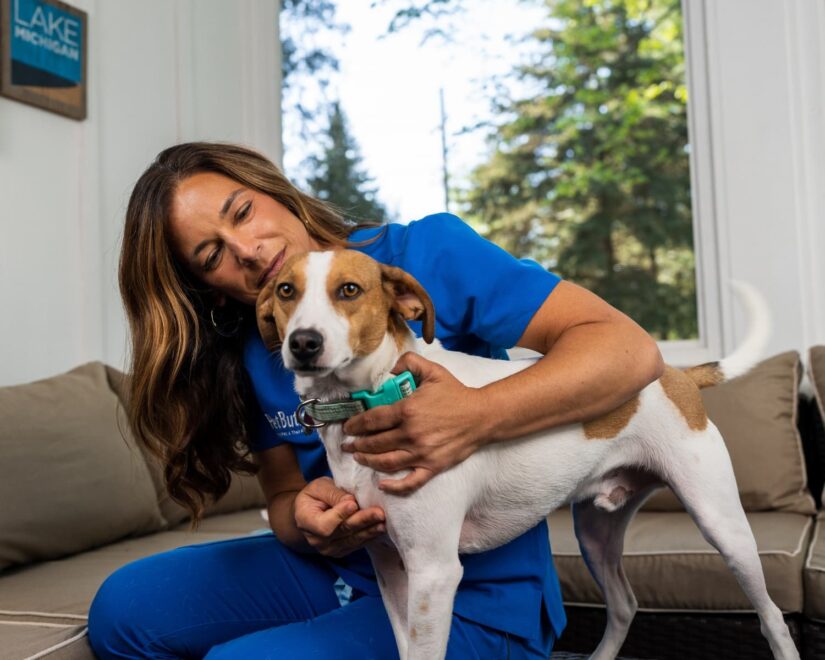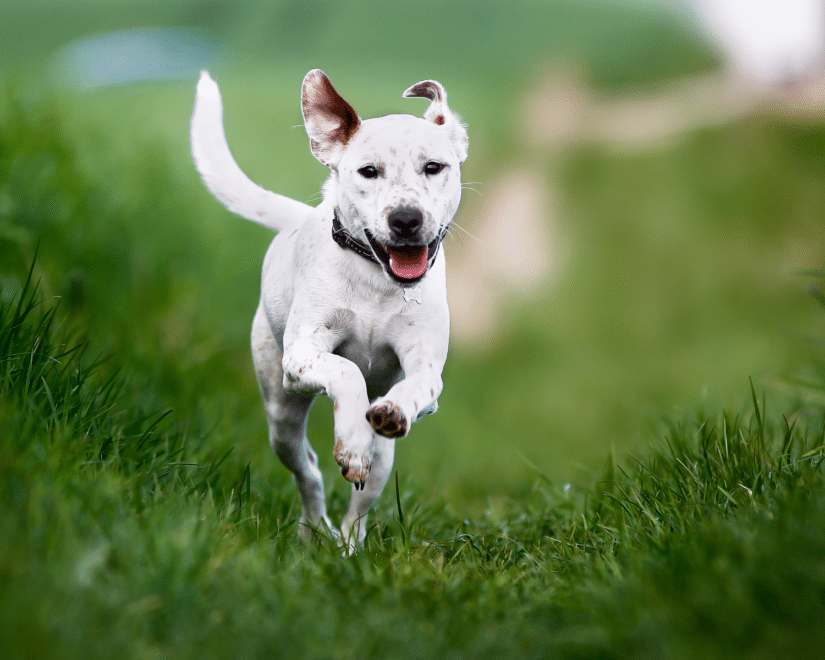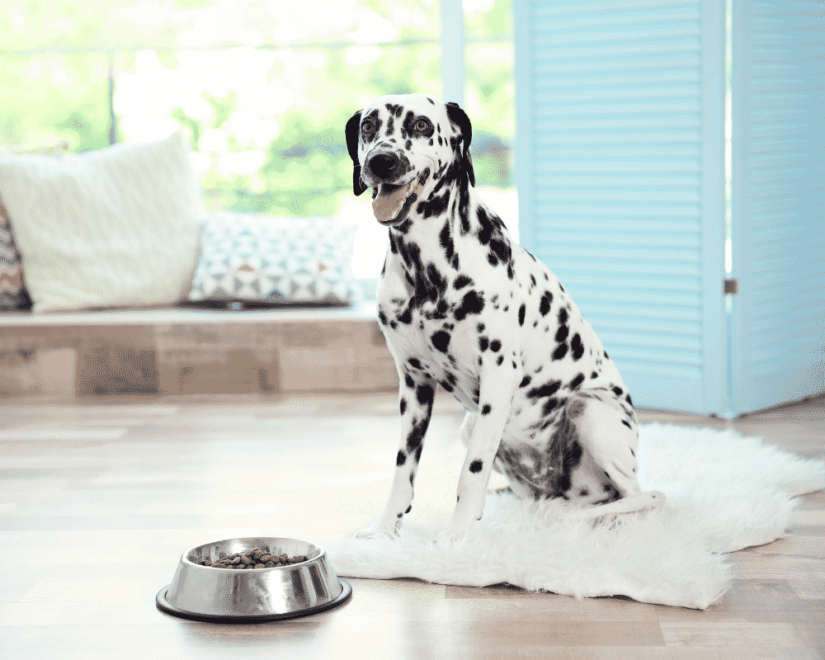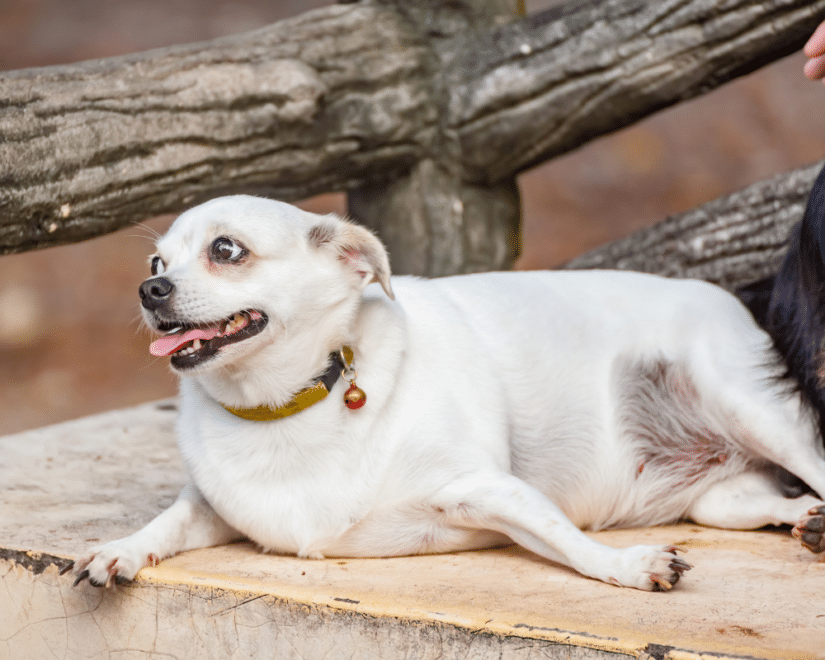Creating a welcoming environment for pets can set a business apart — whether it’s a commercial office, retail space, or hospitality venue. But while pets bring joy, they also bring responsibilities, and managing pet waste is often one of the less glamorous but most important tasks. Professional pet waste removal services, like Pet Butler’s commercial services, help businesses stay clean, safe, and attractive without placing extra burdens on staff or tenants.
From installing and maintaining dog waste stations to providing routine cleanup, these services make pet-friendly policies sustainable while enhancing customer and employee satisfaction. Let’s explore how professional services help businesses achieve these goals.
Why Outdoor Dog Waste Containers Are Essential
For any business that welcomes pets, outdoor dog waste containers and stations are more than just convenient amenities — they are crucial to maintaining a clean and professional environment. Without designated disposal points, pet waste is often left behind on sidewalks, grassy areas, or near entrances. This not only creates unpleasant odors but can also pose health risks and damage the appearance of the property.
An outdoor dog waste container or pet waste station gives pet owners a clear, accessible way to dispose of waste properly. When combined with a bag dispenser, they reduce the likelihood of waste being left behind. Well-placed receptacles also send a clear message: this business values cleanliness, safety, and the comfort of all visitors.
Beyond aesthetics, there’s a compliance factor. Some municipalities require commercial properties to provide dog waste trash cans or receptacles in designated areas. Businesses that ignore this responsibility may face fines or complaints. On the other hand, those that invest in pet waste stations demonstrate responsibility and create a positive impression among tenants, customers, and community members.
Professional providers like Pet Butler make this even easier by handling both the installation and maintenance of dog waste stations. That means your property stays equipped with bags, emptied receptacles, and clean stations — without adding extra tasks for your team.
How Professional Pet Waste Removal Services Help Businesses
- A Cleaner, Healthier Environment
Pet waste can carry harmful bacteria and parasites, including E. coli and roundworms, which can contaminate soil and water if left unmanaged. According to the CDC, exposure to dog waste can pose health risks to both humans and animals. By partnering with a professional removal service, businesses ensure waste is collected and disposed of safely, protecting their community from these risks.
- Positive Customer and Tenant Experiences
First impressions matter. No customer wants to step in dog waste on the way into a retail store, and no tenant wants to work in a commercial space where common areas smell unpleasant. A clean environment signals that the business cares about its visitors’ comfort. Companies that rely on services like Pet Butler can create welcoming spaces that attract and retain both customers and tenants.
- Reduced Staff Burden
Expecting staff to take on pet waste cleanup is often unrealistic and can lower morale. Professional providers step in to handle everything from routine pickups to station upkeep, freeing employees to focus on customer service and business operations. This not only improves efficiency but also ensures that pet waste is managed consistently.
- Professional Installation and Maintenance of Waste Stations
Setting up waste stations might sound straightforward, but placement, durability, and long-term maintenance require expertise. Professional providers not only install dog waste stations but also maintain them—refilling bags, emptying bins, and ensuring everything stays functional. Businesses don’t have to worry about complaints due to overflowing or broken receptacles because a reliable partner handles the details.
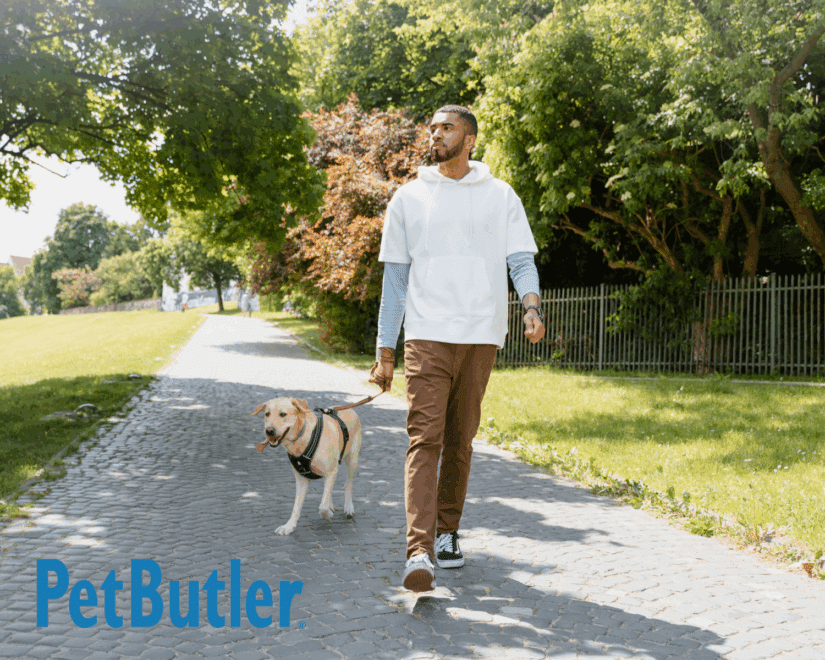
Cost-Effectiveness and Long-Term Value
Some businesses hesitate to invest in pet waste removal, assuming it’s an unnecessary expense. In reality, the costs of neglect are often higher. Complaints from tenants, negative customer experiences, potential fines, and the need for emergency cleanups all add up.
By investing in a professional service, businesses lock in predictable, affordable rates while protecting their property’s reputation. Services like Pet Butler’s commercial services are designed to be scalable, serving properties of all sizes — from small office parks to large retail spaces.
Choosing the Right Service Partner
When evaluating a pet waste removal partner, businesses should look for:
- Comprehensive services (pickup, disposal, and station maintenance)
- Experience with commercial properties of all sizes
- Eco-friendly practices where possible
- Transparent pricing that fits the budget
Luckily, Pet Butler can ensure you receive all of these benefits when you sign up for our commercial services to keep your property appealing, safe, and most importantly, pet-friendly!

FAQs About Pet-Friendly Spaces
How often should pet waste removal services be scheduled for businesses?
The ideal frequency depends on your property’s size, foot traffic, and the number of pets onsite. Many commercial properties benefit from weekly service, while high-traffic areas like commercial spaces or dog-friendly retail centers may require multiple visits per week. Professional providers like Pet Butler can recommend a customized schedule to keep your property consistently clean.
Do pet waste removal services also provide dog waste stations and supplies?
Yes. Professional providers don’t just remove waste — they also install and maintain dog waste stations. This includes supplying bags, emptying dog poop receptacles, and ensuring stations remain functional and sanitary. With full-service support, businesses never have to worry about running out of supplies or overflowing bins.
What are the health risks of leaving dog waste unmanaged?
Pet waste can contain harmful bacteria, parasites, and pathogens such as E. coli, giardia, and roundworms. If left on the ground, it can contaminate soil and water, creating risks for both people and pets. Professional waste removal ensures safe collection and disposal, protecting the health of tenants, employees, and visitors.
Is hiring a professional service more cost-effective than handling cleanup in-house?
Absolutely. While it may seem cheaper to assign cleanup to staff, it often leads to inconsistent results, lower employee morale, and hidden costs from emergency cleanups, fines, or tenant complaints. Professional services provide predictable pricing, reliable scheduling, and long-term value — saving businesses money and stress.
What types of businesses benefit most from pet waste removal services?
Any pet-friendly property can benefit, but common examples include commercial office buildings, retail spaces, veterinary clinics, restaurants and hospitality venues. These businesses see improved curb appeal, higher tenant and customer satisfaction, and easier day-to-day management when professional services are in place.
The Final Scoop
As more businesses embrace pet-friendly policies, the importance of managing pet waste responsibly cannot be overlooked. Outdoor containers properly maintained stations, and routine cleanup make all the difference in protecting health, improving experiences, and projecting professionalism.
With the help of professional partners like Pet Butler, businesses can ensure their properties remain clean, safe, and welcoming — while reducing staff workload and avoiding costly issues.
Creating a pet-friendly space should be about joy and community, not constant cleanup. With the right support, businesses can truly have the best of both worlds.
